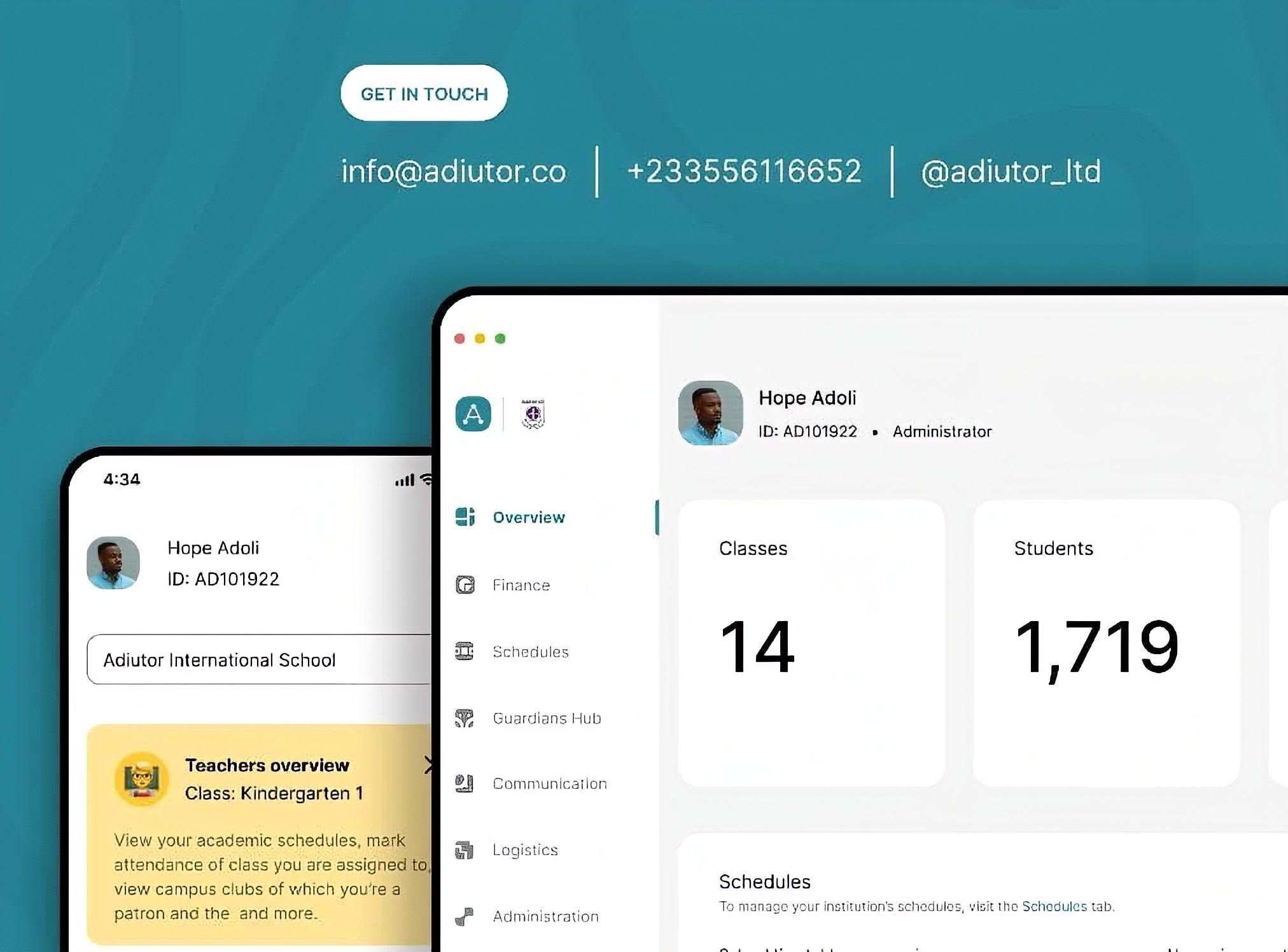Effective Peer Learning
Peer learning, in its simplest form, involves students learning from and with each other. The idea is that when students engage in collaborative activities, they develop a deeper understanding through interaction as they share knowledge and exchange ideas.

Peer learning, in its simplest form, involves students learning from and with each other. The idea is that when students engage in collaborative activities, they develop a deeper understanding through interaction as they share knowledge and exchange ideas. It’s based on a concept, drawn from Social Learning Theory, that we learn better through interaction. Interacting with someone else on a particular topic forces you to organise your thoughts and spot any gaps in your understanding, which deepens your learning. Social Learning Theory highlights how this kind of social interaction plays a powerful role in how we absorb and retain information.
Peer Learning In Practice
Peer learning includes a range of collaborative strategies designed to help students learn from one another. These strategies vary in structure, purpose, and intensity, but they all share a common goal: to promote deeper understanding through interaction.
One of the most widely used forms is Peer tutoring, where one student (usually more advanced or confident in a subject) takes on the role of a tutor to another student. This setup can be cross-age, such as a high school student tutoring a middle schooler, or same-age, where students in the same class work together, with one supporting the other. Peer tutoring is especially effective in subjects that require repetition, practice, and incremental skill-building, such as mathematics or reading. The tutor consolidates their knowledge through explanation, while the "tutee" receives individualised attention and feedback tailored to their pace of learning.
A more balanced variation of this model is Reciprocal peer tutoring, where students alternate between the roles of tutor and learner. This setup encourages mutual engagement, as both students are responsible for teaching and learning within the same session. It promotes a sense of equality and shared responsibility and has been shown to increase motivation and retention of information, especially when students prepare their teaching segments in advance. Because both participants are actively involved, the interaction becomes more collaborative rather than instructional, making the learning process more dynamic and interactive.
Another well-established method is Think-pair-share, often used in classroom discussions and quick comprehension checks. In this approach, students are first given time to think independently about a question or problem. Then, they pair up to discuss their thoughts and finally share their conclusions with the whole class. Although simple, this strategy encourages participation from students who might not feel confident speaking up in front of a large group. It also provides a structured opportunity for peer feedback and immediate clarification of misunderstandings. Teachers frequently use this technique to provoke critical thinking and ensure that every student engages with the material on some level.
In more formal educational settings, particularly in higher education and STEM courses, Peer-led team learning (PLTL) is another effective strategy. In this model, students meet in small groups led by a trained peer facilitator, usually a student who has completed the course. The peer leader doesn’t deliver lectures but instead guides collaborative problem-solving sessions. PLTL is known to increase performance and engagement, particularly in science and engineering disciplines where conceptual understanding is key. What makes this model powerful is that it creates a low-pressure environment where students feel more comfortable asking questions and expressing confusion.
For younger learners or inclusive classrooms, Peer-assisted learning strategies (PALS) are often employed. These involve structured pairing of students, often matching higher-achieving students with those who need more support. Sessions are typically short and focused on specific academic tasks, like reading fluency or math drills. This method is not only beneficial for academic progress but also supports social development and cooperative behaviour. PALS has been especially useful in addressing achievement gaps, as it gives all students a role in the learning process while promoting empathy and mutual support.
Over the last decade, peer learning is increasingly happening beyond the classroom through Online and asynchronous collaboration. Digital tools like discussion forums, shared documents, and collaborative platforms enable students to engage in peer review, co-create content, and solve problems together, even when they’re not in the same physical space. These tools expand the possibilities of peer learning, making it more accessible and flexible, especially for students in blended or remote learning environments.
Why Peer Learning Works: The Cognitive and Social Mechanisms Behind It
There’s a strong foundation in cognitive and social science that explains why peer learning works so well. One of the biggest ones is something called Elaborative explanation. Basically, when a student explains an idea to a classmate, they end up putting it in their own words, filling in gaps, and connecting it to what they already know. That whole process also deepens the explainer’s understanding, sometimes even more than the listener.
We also have what is known as Cognitive conflict, which is just a fancy way of saying “productive confusion.” When students hear different opinions or ideas from their peers, it challenges their thinking. That little bit of mental friction pushes them to rethink things and get a clearer grasp of the learning material, often more effectively than just listening to a teacher lecture.
There’s also Peer modelling, which is about watching a classmate work through a problem. Seeing someone your own age make mistakes, backtrack, and figure things out makes the whole process feel more doable. It can be way less intimidating than watching an expert solve the problem perfectly on the first try.
Working together builds a sense of community and shared responsibility. In such a supportive environment, students feel like they’re in it together, which makes them more likely to take risks, ask questions, and stick with tough tasks, which is important for meaningful learning.

Adiutor
Adiutor means "helper" - we do just that, by taking a load of your school administration and helping you focus on what matters most: the kids.
References
Bargh, J. A., & Schul, Y. (1980). On the cognitive benefits of teaching. Journal of Educational Psychology, 72(5), 593–604.
Fuchs, D., & Fuchs, L. S. (2005). Peer-assisted learning strategies: Promoting word recognition, fluency, and reading comprehension in young children. The Journal of Special Education, 39(1), 34–44.
Gillies, R. M. (2004). The effects of cooperative learning on junior high school students during small group learning. Learning and Instruction, 14(2), 197–213.
Hockings, S. C., DeAngelis, K. J., & Frey, R. F. (2008). Peer-led team learning in general chemistry: Implementation and evaluation. Journal of Chemical Education, 85(7), 990–996.
Johnson, D. W., & Johnson, R. T. (1994). Learning together and alone: Cooperative, competitive, and individualistic learning (5th ed.). Allyn & Bacon.
O'Donnell, A. M., Hmelo-Silver, C. E., & Erkens, G. (2020). Structured peer learning in collaborative inquiry. Springer Handbook of Collaborative Learning.
Roscoe, R. D., & Chi, M. T. H. (2007). Understanding tutor learning: Knowledge-building and knowledge-telling in peer tutors' explanations and questions. Review of Educational Research, 77(4), 534–574.
Schunk, D. H., & Hanson, A. R. (1985). Peer models: Influence on children’s self-efficacy and achievement. Journal of Educational Psychology, 77(3), 313–322.
Slavin, R. E. (1996). Research on cooperative learning and achievement: What we know, what we need to know. Contemporary Educational Psychology, 21(1), 43–69.
Topping, K. J. (2005). Trends in peer learning. Educational Psychology, 25(6), 631–645.
Webb, N. M., Nemer, K. M., & Ing, M. (1998). Small group collaboration in mathematics: Effects on student learning and behavior. Cognition and Instruction, 17(4), 389–432.
